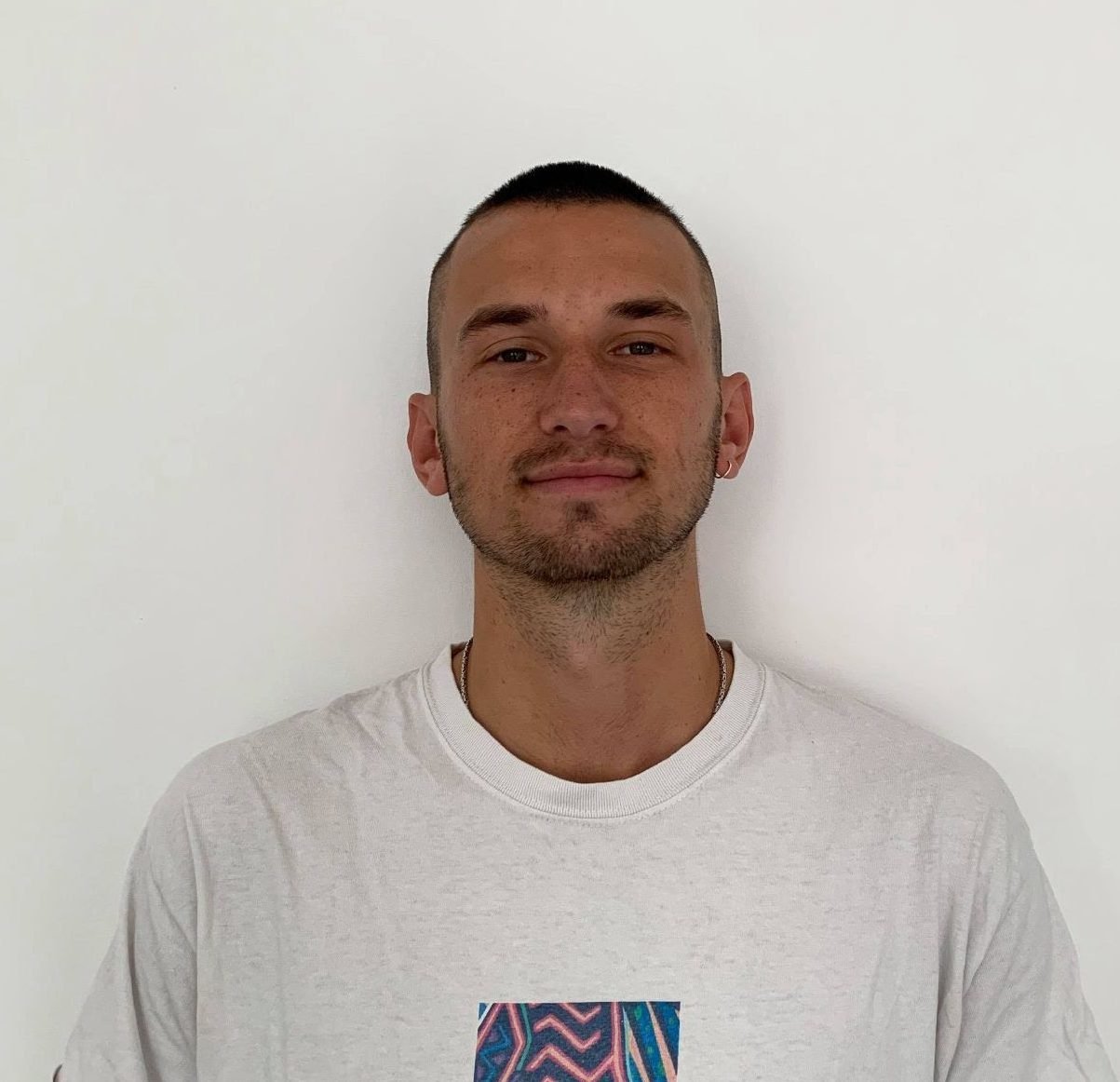Many people will tell you that positive thinking is the optimum way to get yourself through the downturns of life. While it is useful to try and have a hopeful attitude, refusing to acknowledge negative experiences and difficult times for what they are actually has the potential to worsen your struggles. Premeditatio Malorum is a Stoic wisdom deriving from the Latin for ‘the premeditation of evils’. As a practice, it focuses on deliberately tuning in to potential problems, inconveniences, and losses, in order to improve your ability to deal with difficult conditions when they arrive. But before we dive deeper into this Stoic practice, let’s first consider the problems with ‘positive thinking’.

Why Positive Thinking Doesn’t Work
There is a huge problem with positive thinking that becomes clear each time you attempt to practise it. That is, whenever you try to consciously force yourself to think positive thoughts, you end up doing the complete opposite.
By approaching every experience in life with a positive outlook, you are ignoring the fact that reality is a mixture of good and bad, and in doing so opening yourself up to greater disappointment when something bad inevitably happens.
Multiple scientific studies have backed up this idea. In scientific research published in 2015, it was found that optimistic self-employed people actually got 25% less revenue than their pessimistic peers. Similarly, a study published in Psychosomatic Meditation determined that those who tried to keep up a positive outlook after losing a loved one were more likely to die from a stroke or heart attack.
The reality is that adversities in life are inescapable, so why shouldn’t we try to prepare ourselves for them?
The Benefits of Negative Visualization (Premeditatio Malorum)
Incorporating negative visualization into our daily routines can set us on the way to greater happiness and success. It can help us overcome the external events and obstacles which prevent progress, by prompting us to focus on those potential obstacles in advance and think about how we might respond to them.
Negative visualization means thinking in advance of the worst-case scenarios, setbacks and troubles you could face while coming up with effective strategies not just to overcome them, but also to prevent these scenarios from occurring, or at least reducing the likelihood of them occurring. As the Stoic philosopher, Lucius Annaeus Seneca puts it, “If an evil has been pondered beforehand, the blow is gentle when it comes”. By thinking the worst, we can try to protect ourselves from disappointment or tragedy. His theory was that by banishing hope, we can also eliminate fear, a concept that could also be referred to as defensive pessimism.
Planning for failure doesn’t mean getting bogged down by the things that could go wrong, it just means creating a Plan B in case they do. And if you are able to use negative visualization in your daily life, there are a number of benefits you may begin to see:
Improved sense of gratitude
Mentally picturing upsetting experiences can be a cathartic process, in that you realise things could be a lot worse than they currently are. This acknowledgement will lead to a newfound appreciation and gratitude for your circumstances.
Reduced stress levels
By thinking ahead to potential setbacks and negative events, we can reduce our stress levels when something goes wrong. If we’re aware of a backup plan to execute if things go awry, setbacks won’t stress us out quite so much.
Greater perseverance
If you are always expecting the unexpected or the difficult, you are less likely to be caught off guard. A greater sense of calmness in challenging situations will increase your reliability, resilience, and perseverance.

3 Methods of Negative Visualization to try today
Visualizing Daily Inconvenience
At the start of your day, run through what you expect it to look like in your mind, and then picture all those events being disrupted. Focus on small things going wrong, like missing your bus or bumping into someone you don’t like. By visualizing these minor inconveniences, you can train your brain to not be phased by unexpected setbacks. This will allow you to respond with greater calmness and perspective if any of these things do go wrong.
Visualizing Major Setbacks
Unlike visualizing daily inconveniences, this is not something you’ll want to do every day. But once in a while, it can be beneficial to imagine what it might be like being fired from your job, confronting a major fear, getting seriously injured, or having a treasured possession stolen. This kind of more serious negative visualization is about considering how you would respond to setbacks, and focusing on the qualities you have that would allow you to bounce back. Mainly, it is about knowing that you will be okay.
Visualizing Loss
Perhaps the most challenging negative thinking exercise of all is the visualization of loss. What would happen if you lost a loved one? Picturing this loss can be very upsetting, so if you choose to try this make sure you set aside some time in a quiet, distraction-free zone, to meditate on this thought. Live through the scenario in your mind, and embrace the pain. Sink into gratitude, and use this difficult experience to deeply appreciate this person and be grateful for their role in your life.

Practical tips to help you with Negative Visualization
- Get specific – Try and construct very specific plans for what to do when disaster strikes. What will you do if you suddenly lose your job? What if you find out you have an incurable illness, or that a close relative has died? Pause and think about how you would answer these questions.
- Question yourself – Challenge difficult imagined events by asking yourself questions, such as “so what, if it happens, is it going to be the end of the world?’. The goal of this kind of thinking is to de-catastrophize, to switch your emphasis from the problematic situation itself onto the potential solutions you can come up with to handle it.
- Be empathetic – If you have trouble practising negative visualization, instead remind yourself of other people’s adversity, and reflect on the fact that those things could just as easily go wrong for you.
- Perform a risk assessment – Think about negative visualization like performing a risk assessment at work. If you were a nursery teacher, you would conduct a risk assessment of all the potential dangers at work, to ensure you had the right measures in place to prevent children from being hurt. The same is true for your life. By considering the worst-case scenarios you could face, you are preparing yourself to be able to handle anything.
- Try Concept Mapping – This is a simple technique which involves mapping out hypothetical scenarios and thoughts on paper. In a concept map, you would write a situation, for instance “Tomorrow I have a job interview”, before drawing a line to two possible outcomes, either “I will get the job”, or “I won’t get the job”. Connected to the latter answer, you would begin to pose follow-up questions and considerations, like “did you do everything you could?”, or “remember, it’s not the end of the world”. Concept maps like this can help you place events into perspective and consider how certain situations in your life may go.
In Conclusion
One criticism of premeditatio malorum is that there is a tension between premeditating future adversity and focusing on the present, which is a hallmark of ancient Stoicism, and mindfulness more broadly. However, there is a difference between contemplating adversity and worrying about it. This is true for both the past and the future. Ultimately, it is irrational to worry about either the past or the future, because neither are in your control. But this doesn’t mean you can’t contemplate either, or try to prepare yourself for future events.
Negative Visualization can be the perfect tool for doing this. By identifying and acknowledging potential distractions and problems in advance, you can bypass the allure of short-term impulses ahead of time, and improve your chances of staying focused. Setting low expectations and imagining worst-case scenarios is proven to enhance problem-solving skills, increase resilience, and live a life with equanimity and gratitude.
However, make sure you consider this important caveat: if you have been feeling depressed for over two weeks, avoid Negative Visualization. While the practice can have long-term benefits for your mental and physical health, it’s important to take your current circumstances into account. If the thought of things going badly wrong ends up causing you lots of distress, clearly the treatment has become worse than the disease. That being said, if you do feel able to practise Negative Visualization, begin by imagining daily inconveniences and how you might overcome them. Follow our practical tips, and you’ll start developing a calmer, healthier mind that’s less phased by external factors.
Writer: Fred Garratt-Stanley
Editor: Filipe Bastos
MindOwl Founder – My own struggles in life have led me to this path of understanding the human condition. I graduated with a bachelor’s degree in philosophy before completing a master’s degree in psychology at Regent’s University London. I then completed a postgraduate diploma in philosophical counselling before being trained in ACT (Acceptance and commitment therapy).
I’ve spent the last eight years studying the encounter of meditative practices with modern psychology.


